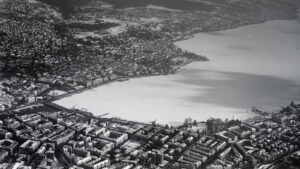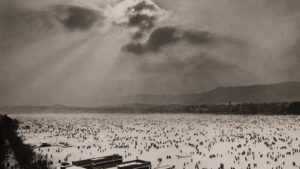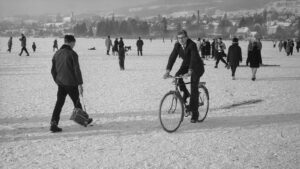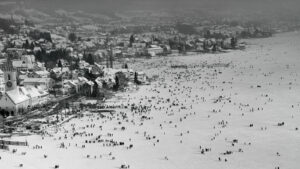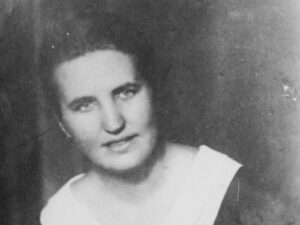The year Lake Zurich froze over
It's hard to imagine now, but it actually happened in the winter of 1963. Lake Zurich froze over entirely. The authorities opened the ice on 1 February, and the last public festival on the lake began.
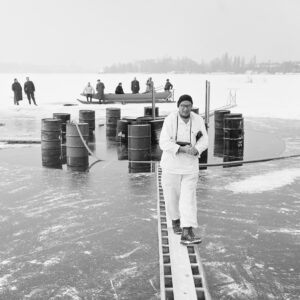
Documentary on the Seegfrörni of 1963 and the first Zurich Seegfrörni Race (in German). NZZ / YouTube
‘Antenne’, a programme broadcast on 4 February 1963 on the "Seegfrörni" on Lake Zurich (in German). SRF
Ice ages? From the "Seegfrörni" to melting glaciers
The Lake Zurich Seegfrörni – a spectacular natural phenomenon and major social event. Featuring sporting, artistic, cultural and historical items, as well as film footage from the time and eye-witness interviews, the exhibition at the Meilen museum of local history tells of the extraordinary winter when Lake Zurich froze over. The last time the lake completely froze was 60 years ago, and it is unlikely ever to happen again. Why? The exhibition also looks at how climate change is having an impact.

